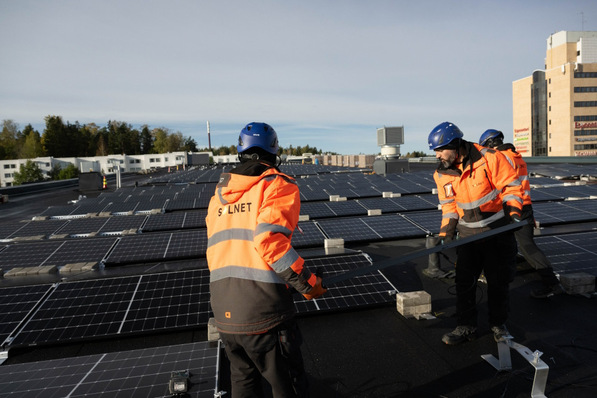The report „Batteries and Secure Energy Transitions“ – the first comprehensive analysis of the entire battery ecosystem – finds that in less than 15 years, battery costs have fallen by more than 90%, one of the fastest declines ever seen in clean energy technologies.
The most common type of batteries, those based on lithium-ion, have typically been associated with consumer electronics such as smartphones. But today, the energy sector accounts for over 90% of overall battery demand. In 2023 alone, battery deployment in the power sector increased by more than 130% year-on-year, adding a total of 42 gigawatts to electricity systems around the world.
Still a significant scale up needed
In the transport sector, batteries have enabled electric car sales to surge from 3 million in 2020 to almost 14 million last year, with further strong growth expected in the coming years.
See also: New opportunities for the European battery industry
Even so, according to the IEA batteries report, battery deployment will need to scale up significantly between now and the end of the decade to enable the world to get on track for its energy and climate goals, including those set recently at the COP28 summit in Dubai. In this scenario, overall energy storage capacity rises sixfold by 2030 worldwide, with batteries accounting for 90% of the increase.
Read the full special report and watch the launch event with IEA Executive Director Fatih Birol, Director of Sustainability, Technology and Outlooks Laura Cozzi and report co-lead author Brent Wanner. (hcn)








